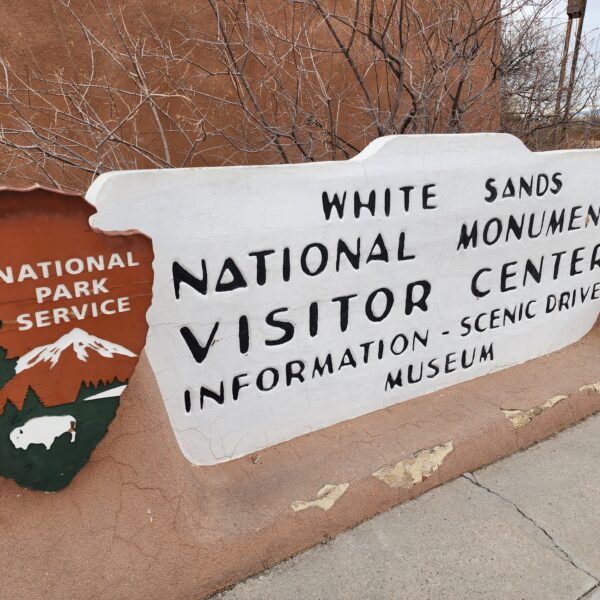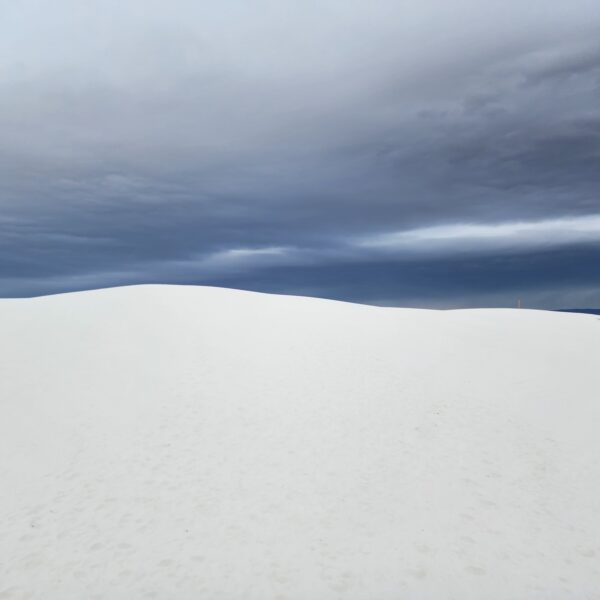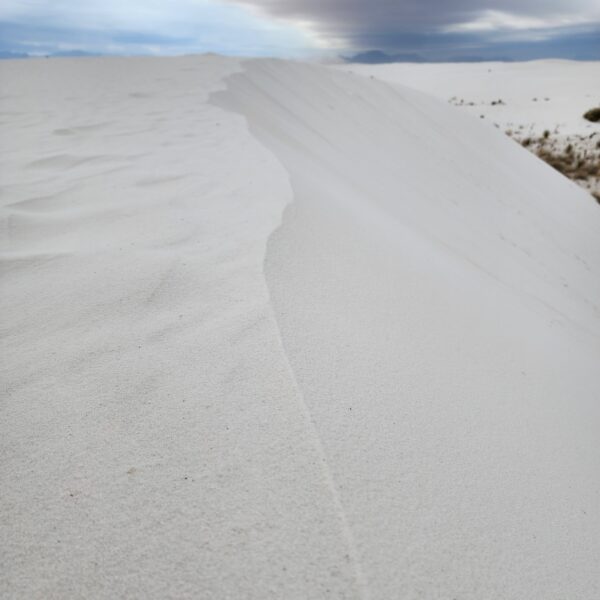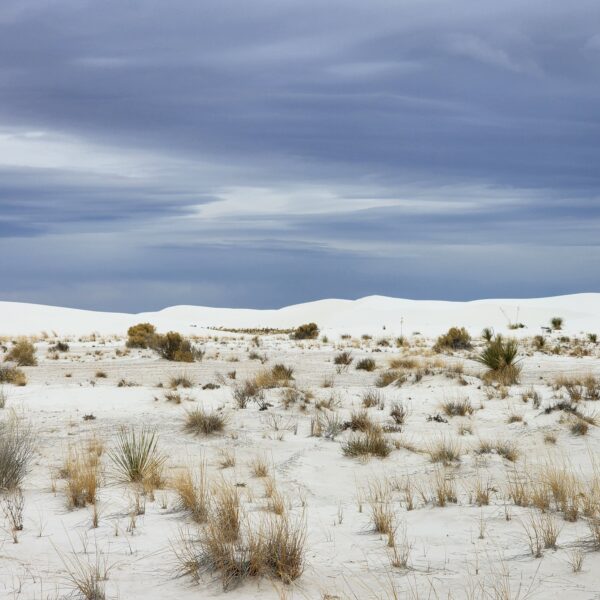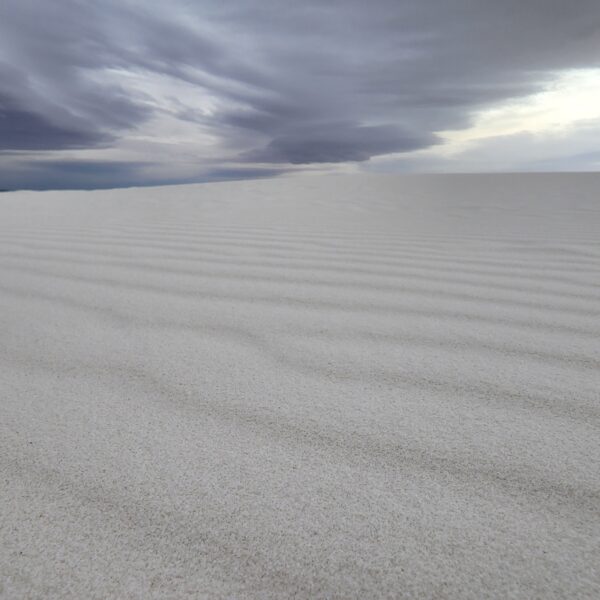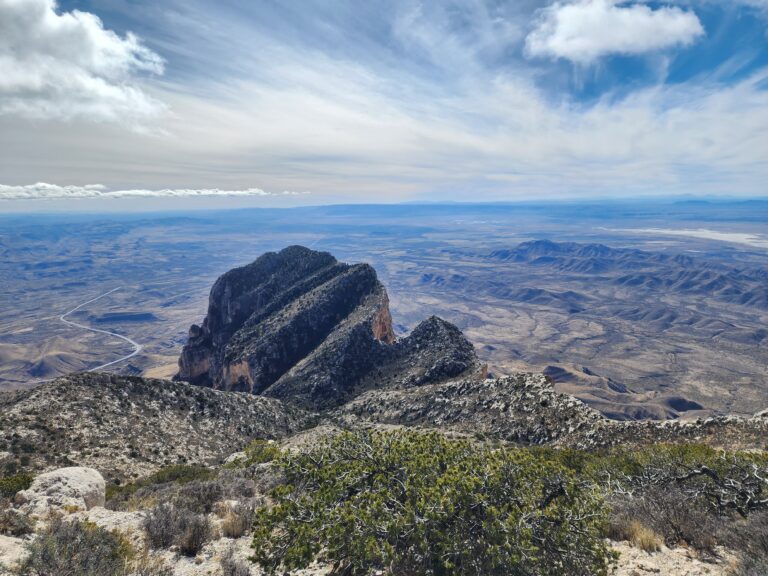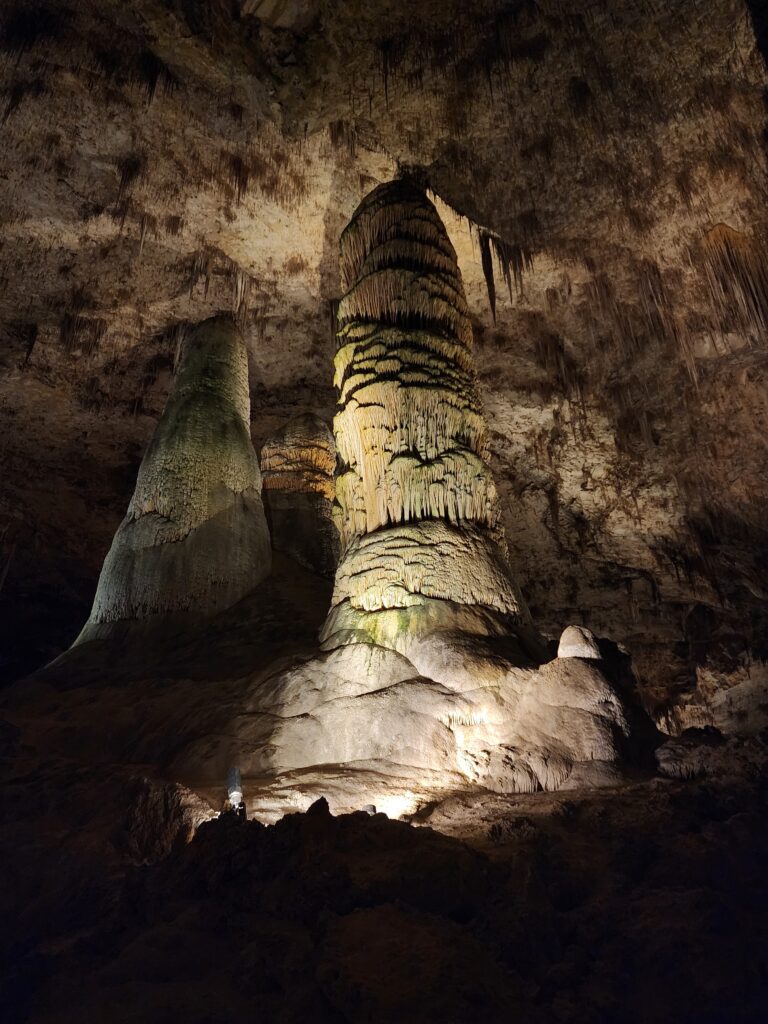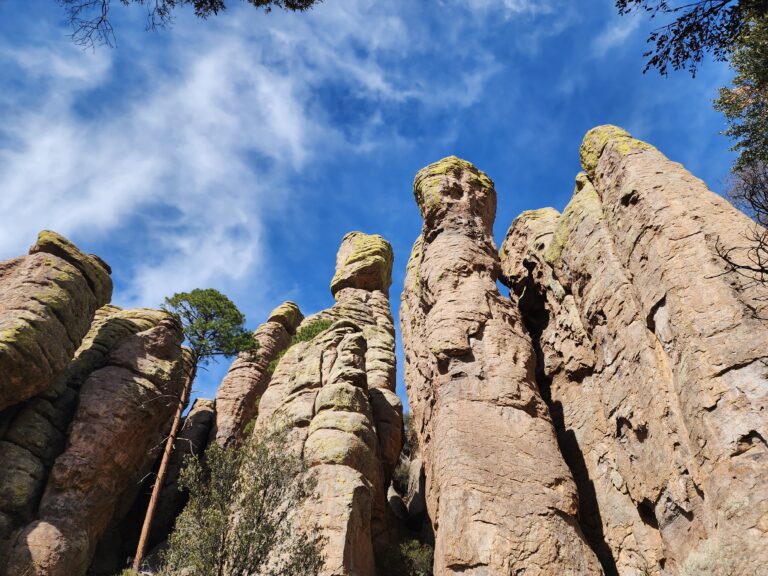White Sands National Park - Wandering in the dunes
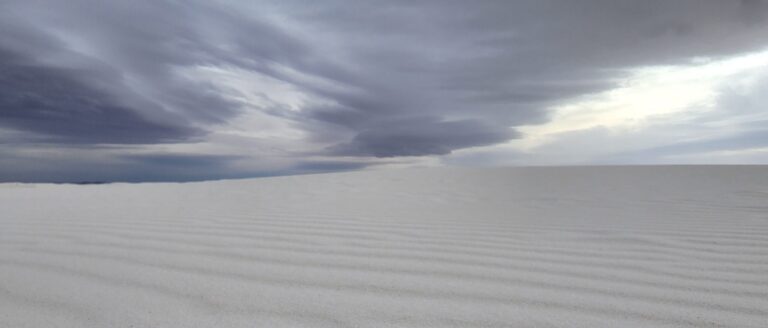
At A Glance
- What to Bring: Sunglasses, plenty of water and snacks
- Hiking: Easy (0.4 mile accessible board walk) to Strenuous (5 miles)
- Dogs are allowed
- Note: Check the official website for park closures due to missile testing!
- Rating: 4/5 hiking boots
White Sand Dunes National Park, like many National Parks, is a landscape unlike anywhere else in the world. In case of the dunes, the largest gypsum dunefield in the world, they truly are one of a kind. Exploring the ever moving landscape (dunes can move several feet a year) of the park feels a bit like stepping onto a faraway planet – or into your favorite sci-fi movie and is a must see for the casual adventurer to the avid National Park visitor.
Getting to the Park/Where to Stay
White Sands National Park is situated in New Mexico’s Tularosa Basin in between (ish) the cities of Las Cruces and Alamogordo. Now I’m going to be quite honest, other than the World’s Largest Pistachio (I did indeed drive 30 minutes out of the way to see this) Alamogordo did not seem to offer much in the way of stays or things to do. It does boast a zoo, a golf course, the New Mexico Museum of Space History museum, and a few other nearby natural attractions such as Oliver Lee State Park and Three Rivers Petroglyph Site, but otherwise my impression of the town (can we even really call it that?) was lacklustre to say the least. At just 17 minutes by car from the National Park to the 50 minutes from Las Cruces, it is, however, much closer but I would argue Las Cruces is still the better bet.
Las Cruces is a much larger city with plenty of hotels, restaurants and other amenities and if, like me, you are driving into New Mexico from Arizona it makes a much better natural stopping point to break up your drive. Las Cruces is also home to Organ Mountain-Desert Peaks National Monument if you are looking to build a full outdoor itinerary – or you are just looking to collect stamps in your National Parks Passport!
It’s important to note that there is currently no backcountry camping available in the park due to campsite restoration so you must make arrangements to stay outside of the park.
Planning Your Visit
The park hours vary by season and the park (as well as Interstate 70) close periodically for missile testing so check the park site regularly before your visit for any updates. Additionally, sunrise and sunset are supposed to be unparalleled times to experience the dunes, consider looking up the these times on the day of your visit and plan your trip accordingly (the park also often has ranger-led sunset dune walks).
This feels redundant to say, but the dunes are VERY white. Even on a cloudy day it can be hard to look at them so sunglasses and sun protection are a must on this trip and as with any outdoor adventure, ensure you have plenty of sunscreen. There is also very little (read basically nothing) around the park so be prepared with snacks and drinks as the visitor center has a limited selection.
The park regularly sees temperatures in the upper 90°’s F in the summer and the park does not recommend hiking if the temperature is above 85° F. Taking that into consideration, plan to visit the park in fall, winter, or spring or avoid hiking at the height of the day.
A Day In The Park
Activity -> Time to Allow For
- Visitor Center & Gift Shop -> 30 minutes – 1 hour
- Playa Trail -> 30 minutes
- Dune Life Nature Trail -> Up to 1 hour
- Back Country Camping Trail -> 1-2 hours (more if you sled!)
- Complete the park loop and leave -> 20-30 minutes
- Half day total -> 5-6 hours (with snack and break time)
What to Do
Explore! Stop by the visitor center to pick up a park brochure, stamp your National Parks Passport, watch a short documentary about the park, learn about ranger-led programs for the day, shop, grab water (there is NO water at trailheads so make sure to fill up) and go to the restroom before you hit the trails. I always recommend talking to a park ranger to find out about their favorite hikes or if they have any recommendations for your desired activity level, they are the experts so they might clue you into something you might not have previously considered. Although I did not partake, you can also sled down the dunes! There are sleds for sale at the visitor center or you can bring your own.
There is one road, Dunes Drive, the leads out to a loop and back to the park entrance on 70 so it is nearly impossible to get lost! The most strenuous hike, the Alkali Flat Trail is at the far end of the loop but even if you plan to stick to the shorter excursions into the dunes, it’s worth it to drive the entire loop to get a sense of the enormity and expansiveness of the dunefield.
White Sands National Park has 5 trails all together ranging from less than 0.4 miles to 5 miles in length, so you can pick your challenge! Additionally, all hikes are marked with colored stakes and coordinating symbols to help keep you on track in the sometimes-disorienting landscape. At what I would call the front of the park (near the fee station/visitor center), there is the Dune Life Nature Trail (a loop), which at one mile in length, is a great informative option with placards of information about the various plants and animals that call the park home. Toward the front of the park also are the two shortest hikes on offer, the Playa Trail and the Interdune Boardwalk.
If you are up for a challenge and want to really get out onto the dunes, then drive deeper into the park to the Backcountry Camping loop, which is a 2.2 mile trail that takes you out into what seems like the heart of the dunefield. There are pit toilets at this trailhead so take the chance for another bathroom break! Walk out into a seemingly endless field of white as you climb up and down the dunes working your way around the trail. At a leisurely pace and with plenty of stops to take pictures and make sand angels, this trail took about an hour to complete. But if you want an even greater challenge head out to the 5-mile-long Alkali Flat Trail, which the parks notes is very strenuous with lots of dune climbs!
My Thoughts
I’m keeping my eye out for when backcountry camping opens at the park again because White Sands National Park has an International Dark Sky Park designation and is supposed to make for a spectacular place to experience the majesty of our night skies. However, according to the park website you can request early entry or late stay for a fee if you are an avid photographer looking to capture the dark skies or even just a sunrise in the park.
As with many National Parks, I did find the visitor center and many trailheads to be quite crowded so be prepared with your patience when paying the entrance fee at the fee booth, parking at trailheads, or even waiting to talk to the ranger. I visited the park in December and was certainly not expecting it to be as crowded as it was.
With its out of this world landscape I can highly recommend a stop at White Sands National Park if you’re looking to build a road trip across New Mexico. There are trails of various lengths and activities for the solo traveler through to small groups and families, but always remember to be grateful for your ability to explore these natural wonders and make every effort to leave the park better than when you arrived (Leave No Trace).
Happy Hiking!
-Maggie
